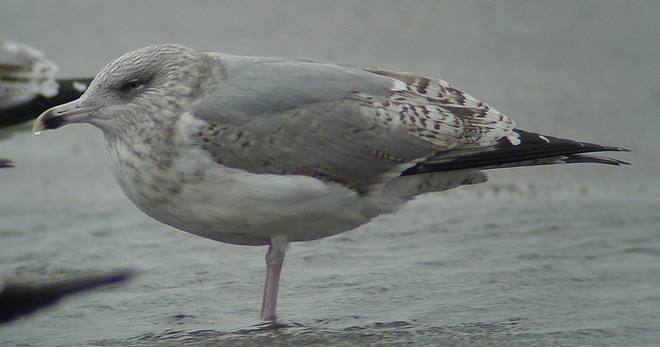 Herring Gull- Zilvermeeuw (argentatus & argenteus)
Herring Gull- Zilvermeeuw (argentatus & argenteus)
(last update:
Herring Gull plumages:
hg 1cy July
hg 1cy August
hg 1cy September
hg 1cy October
hg 1cy November
hg 1cy December
hg 2cy January
hg 2cy February
hg 2cy March
hg 2cy April
hg 2cy May
hg 2cy June
hg 2cy July
hg 2cy August
hg 2cy September
hg 2cy October
hg 2cy November
hg 2cy December
hg 3cy January
hg 3cy February
hg 3cy March
hg 3cy April
hg 3cy May
hg 3cy June
hg 3cy July
hg 3cy August
hg 3cy September
hg 3cy October
hg 3cy November
hg 3cy December
hg sub-ad January
hg sub-ad February
hg sub-ad March
hg sub-ad April
hg sub-ad May
hg sub-ad June
hg sub-ad July
hg sub-ad August
hg sub-ad September
hg sub-ad October
hg sub-ad November
hg sub-ad December
hg ad January
hg ad February
hg ad March
hg ad April
hg ad May
hg ad June
hg ad July
hg ad August
hg ad September
hg ad October
hg ad November
hg ad December
Herring Gull 3cy, December 21 2001, Brouwersdam, the Netherlands (51.45N,03.51E).
A
rather small argentatus with the new scapulars a shade darker grey
than in Dutch argenteus. In the third generation primaries, the
inner primaries still have the basal half paler, but the white tips are
obviously demarcated at p5 and p6. P10 shows a small mirror. Compared to
most other 3cy Herring Gulls present (argenteus), the moult stage
in the upper-parts is slightly delayed with all the tertials strongly
patterned, lacking grey feathers. Quite some 3cy argenteus have at
least a few upper tertials grey by December. The inner median and greater
were probably moulted as long ago as the tertials and show the same
pattern. Compared to 2cy birds, the wing appears much greyer by now with
adult-like feathers in lesser, median and greater coverts. The exact moult
sequence is hard to detect, coverts have been replaced in random order.
The scapular region is predominantly adult-like grey.
Note the pale yellow iris and the faint vermiculated brownish pattern at
the tips of the inner secondaries.
